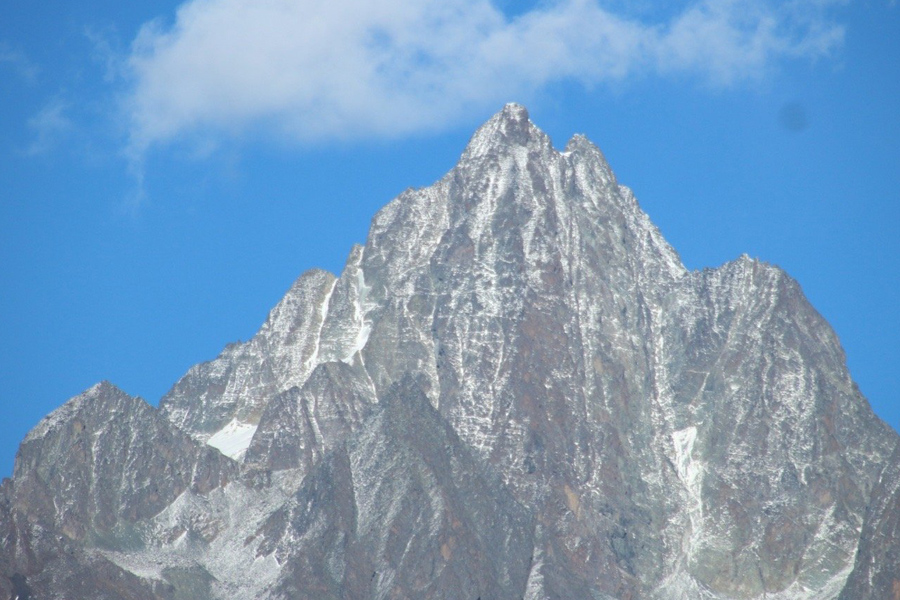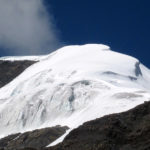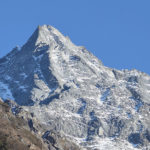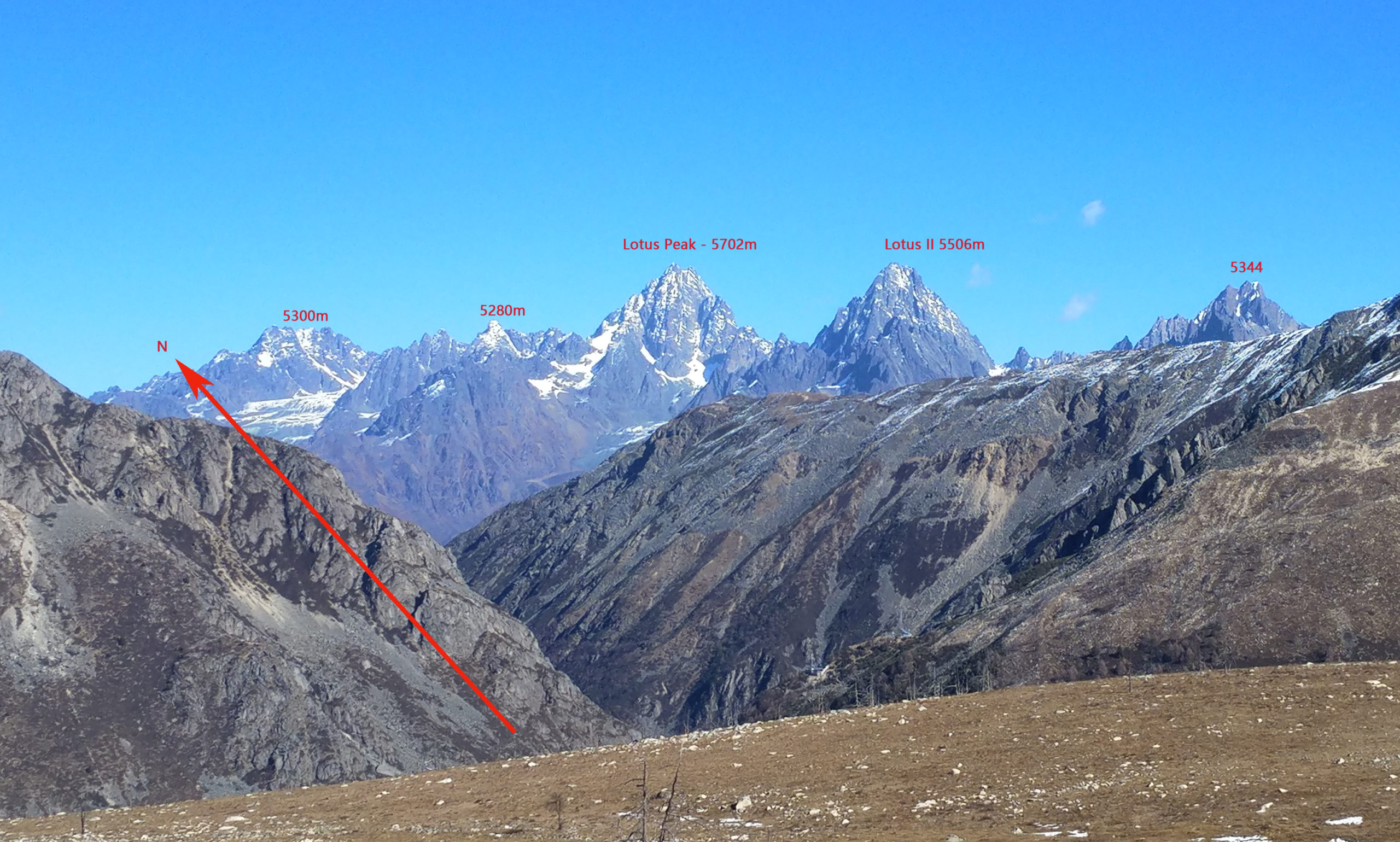
The Lotus Flower Mountains is another cluster of mountains by the north of Daxueshan Range. It is located north to the town of Kangding by the east side of Yala River and north to Lamoshe. East to Lotus Flower Mountains is Dadu River and Qionglaishan Range. The main peak of Lotus Flower Mountain is at 5704m above sea level and is about 32km north of Kangding. The Lotus Flower Mountains has several snow mountains that over 5,000 meters above sea level.
Location of Lotus Flower Mountain
This mountain group is located between the Dadu River and the Yala River. Dadu River is the boundary river between the Qionglaishan Mountains and the Daxueshan Range. The Dadu River is to the east of the Lotus Flower Mountains. The valley bottom of Dadu River is at less than 2000 meters above sea level, while the western Yala Valley is about 3000 meters above sea level.
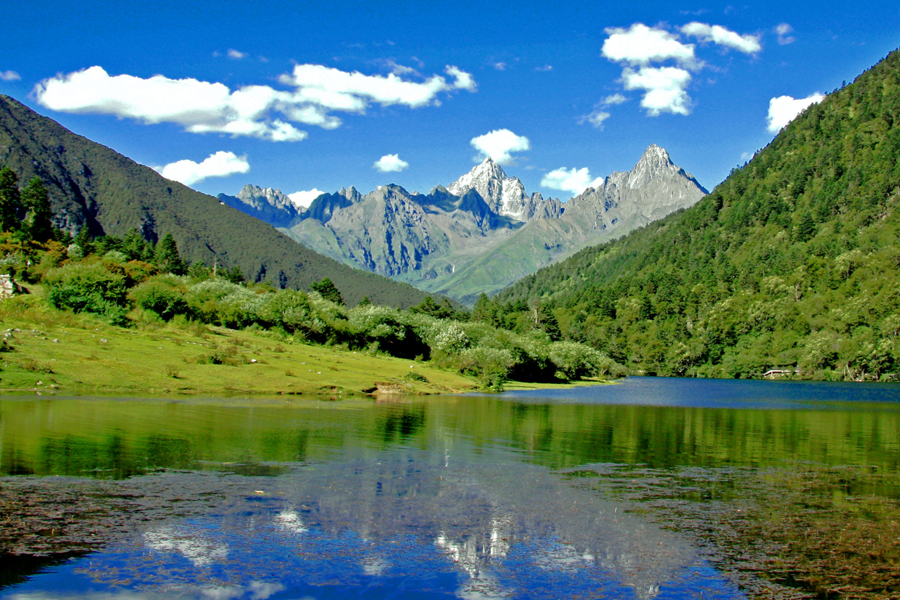
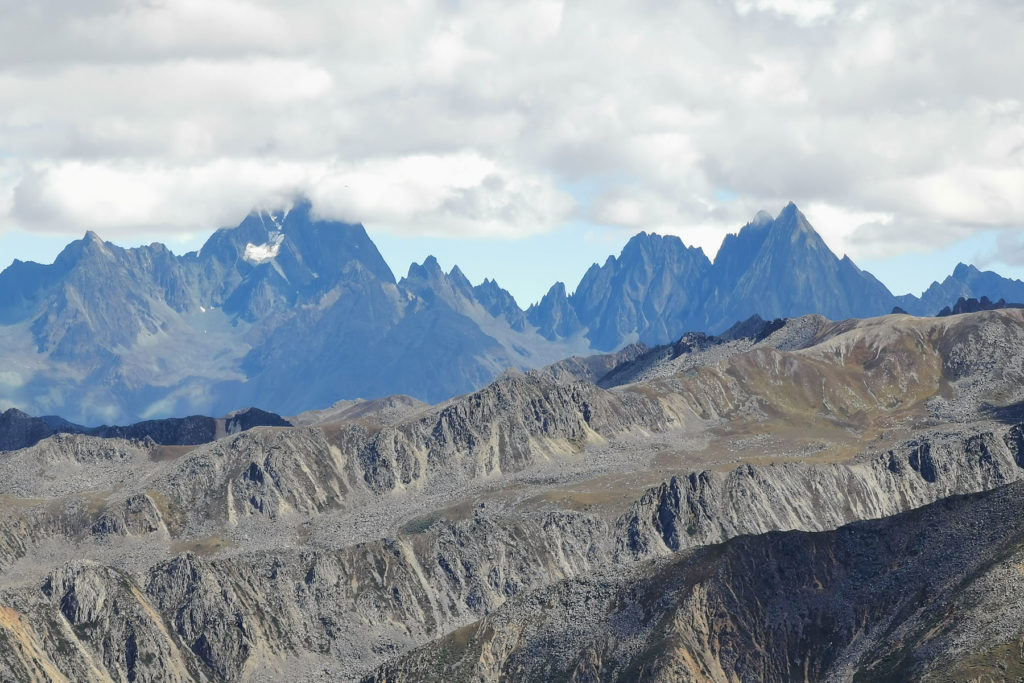
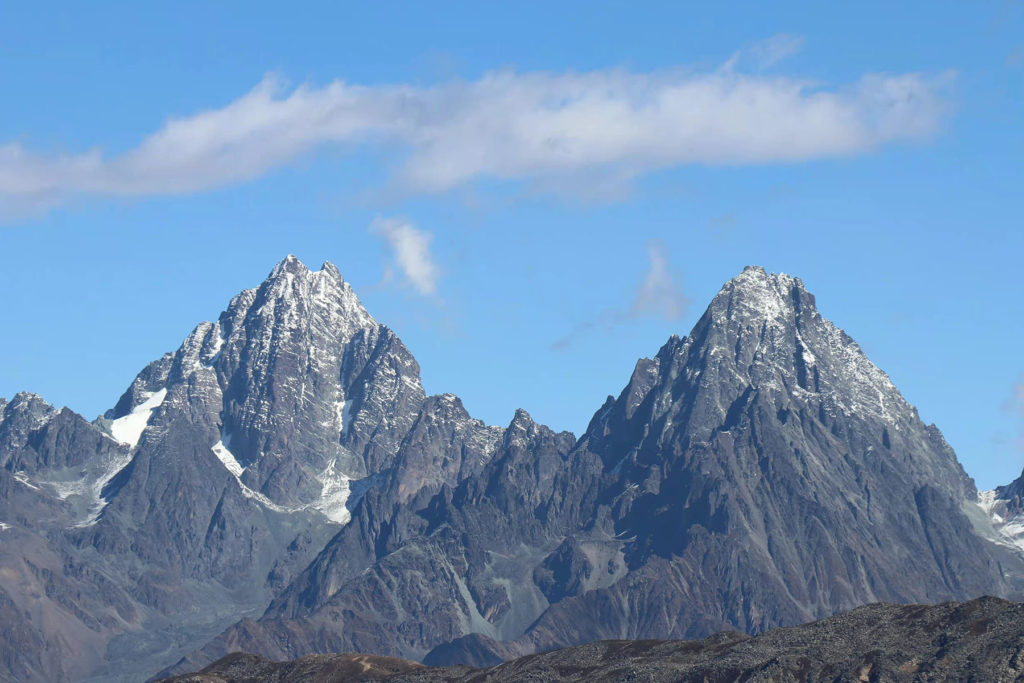
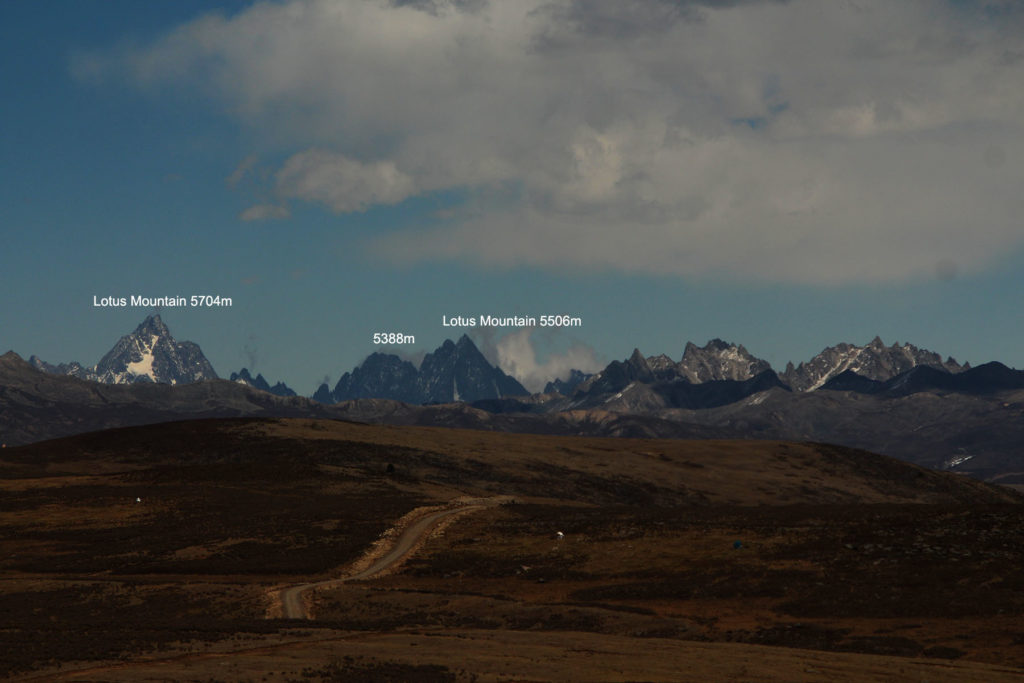
Main Peak: Elevation at 5702m/18703ft; Coordination: 30.16.07 N, 101.57.47 E.
Mountains
The Lotus Flower Mountains is also called Lotus Flower Holy Mountain. It has significance as part of local Tibetan people’s belief. Lotus Flower Mountain is an important part of the Mugecuo Scenic Area in Kangding. The lotus itself is a treasure of the eight lucky treasures of Tibetan Buddhism, so it is a sacred mountain that is highly admired by the locals. 2.5km south from the main peak of Lotus Flower Mountains a 5506-m peak is called the Lotus No. 2 Peak. In addition, about 9km south of the main peak is another 5518-m mountain called Huashan. These three peaks are above 5500m and are the main peaks here.
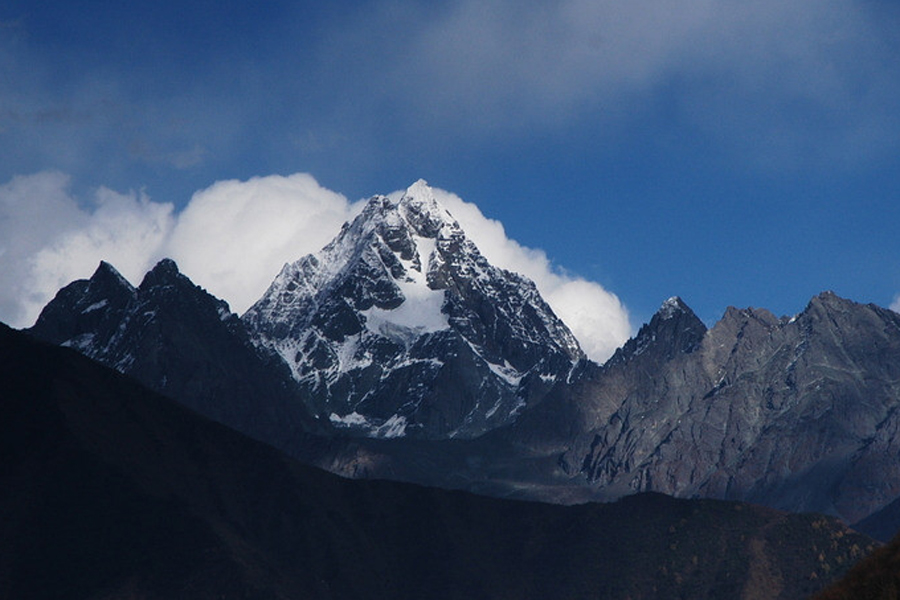
The main peak, at 5704 was first climbed by Japanese climbers in 1998 and the Lotus Flower Mountain is called by a leterary name “Lotus Flower Glowing Mountains” by Japanese climbers. It was first explored by them and had attracted the persistence of Japanese mountaineers. The Japanese team reached the highest peak of 5704m in 1998 and had the loss of 5 team members.
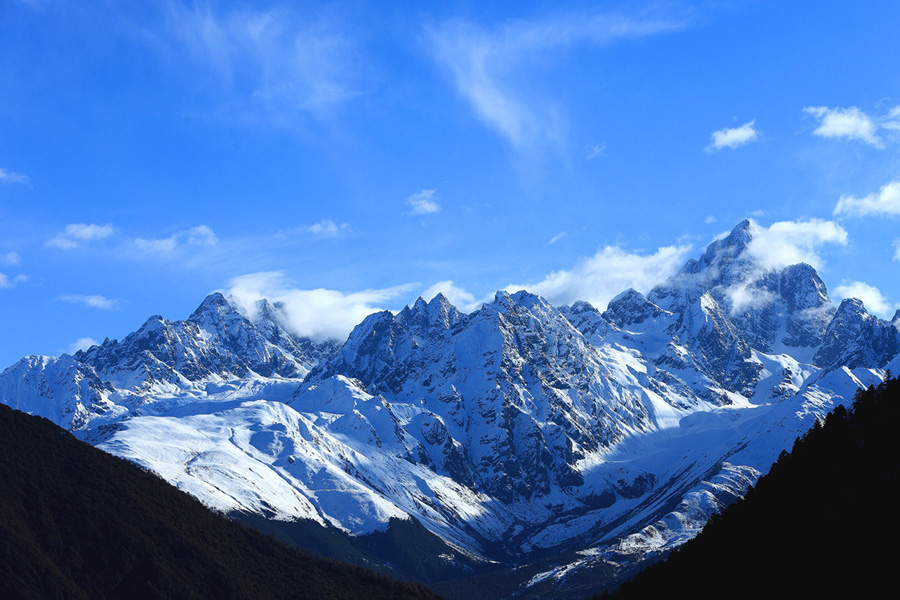
The main peak of Lotus Flower Mountains has 4 full ridges and 2 glaciers. The following photo was taken by the Japanese mountaineering team at the foot of the mountain when climbing the Lotus Flower Mountain.
The north side of Lotus Flower Mountain has a 3.5km long glacier, which is much larger in size and scale than glacier to its south side. Due to the poor proximity, it is not easy to observe this glacier. There are almost no conventional locations except for summits or aerial photography.
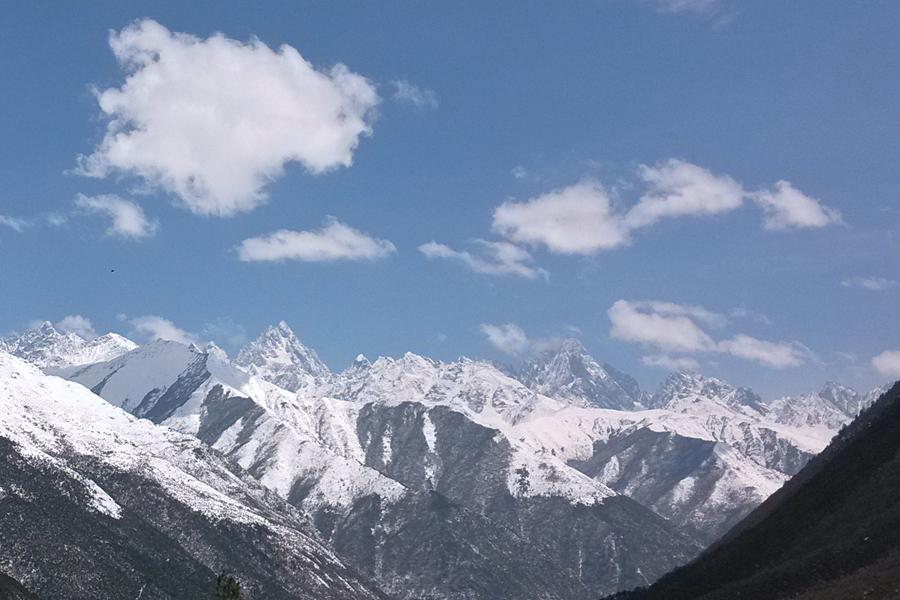
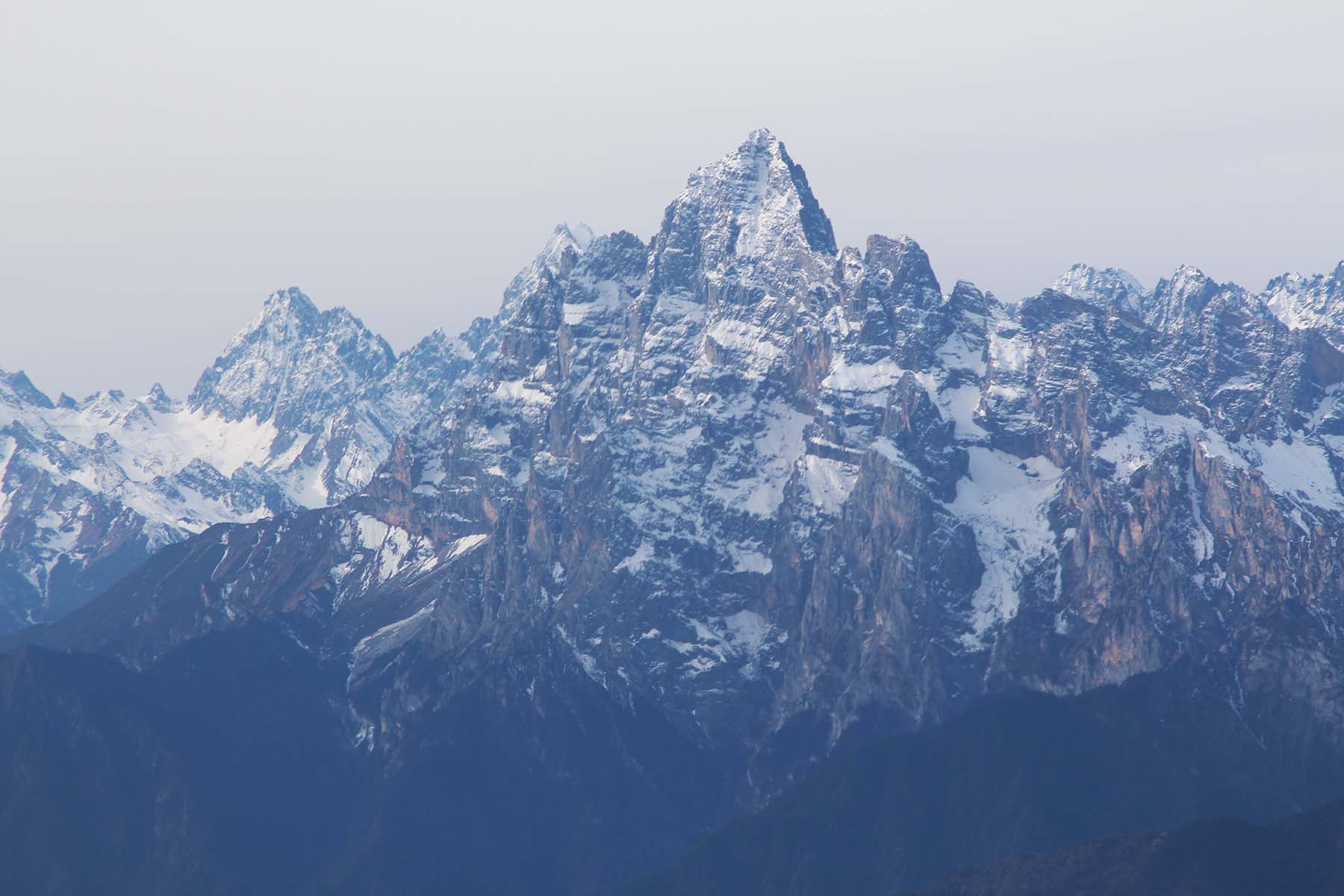
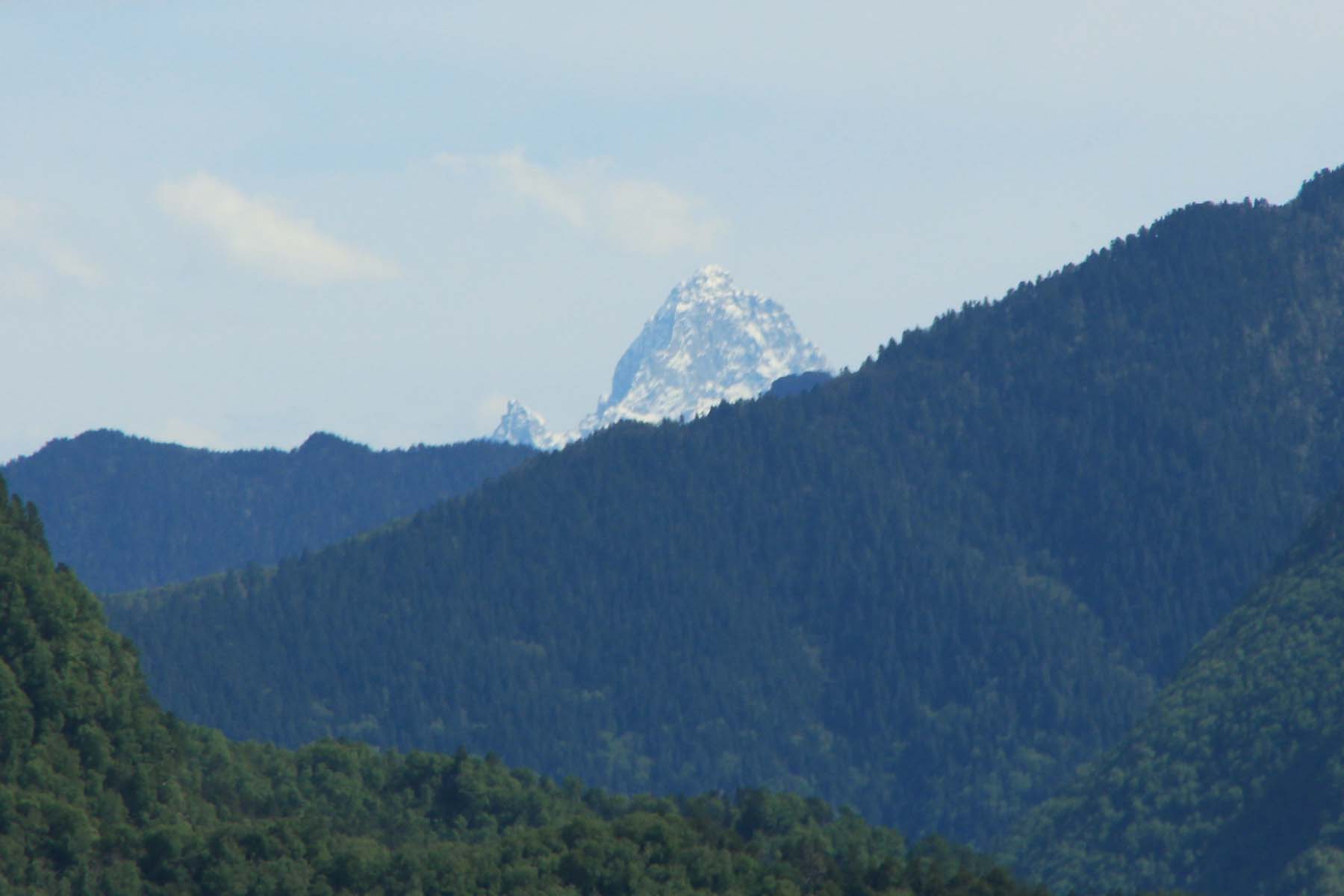
The Lotus Flower Mountain massif has more than 27 peaks above 5000m and 3 peaks above 5500m. To the north east ridgeline of this massif, there is a mountain estimated to be around 5300 meters, and to the east ridgeline there is a mountain that is estimated to be around 5200 meters. Most of the other 5000+m mountains are located between Lotus Flower Main peak and Huashan 5518. The altitude of mountains is not high, but it is difficult to climb according to the former attempts. The instability of weather conditions adds on the challenge.
Climate and Climbing Season of Lotus Flower Mountain
The east side of Lianhua Snow Mountain is often with more rainy days and longer monsoon season and the climate is obviously distributed vertically. The west side is drier but still has an upward airflow along Kangding through Yala Valley.


